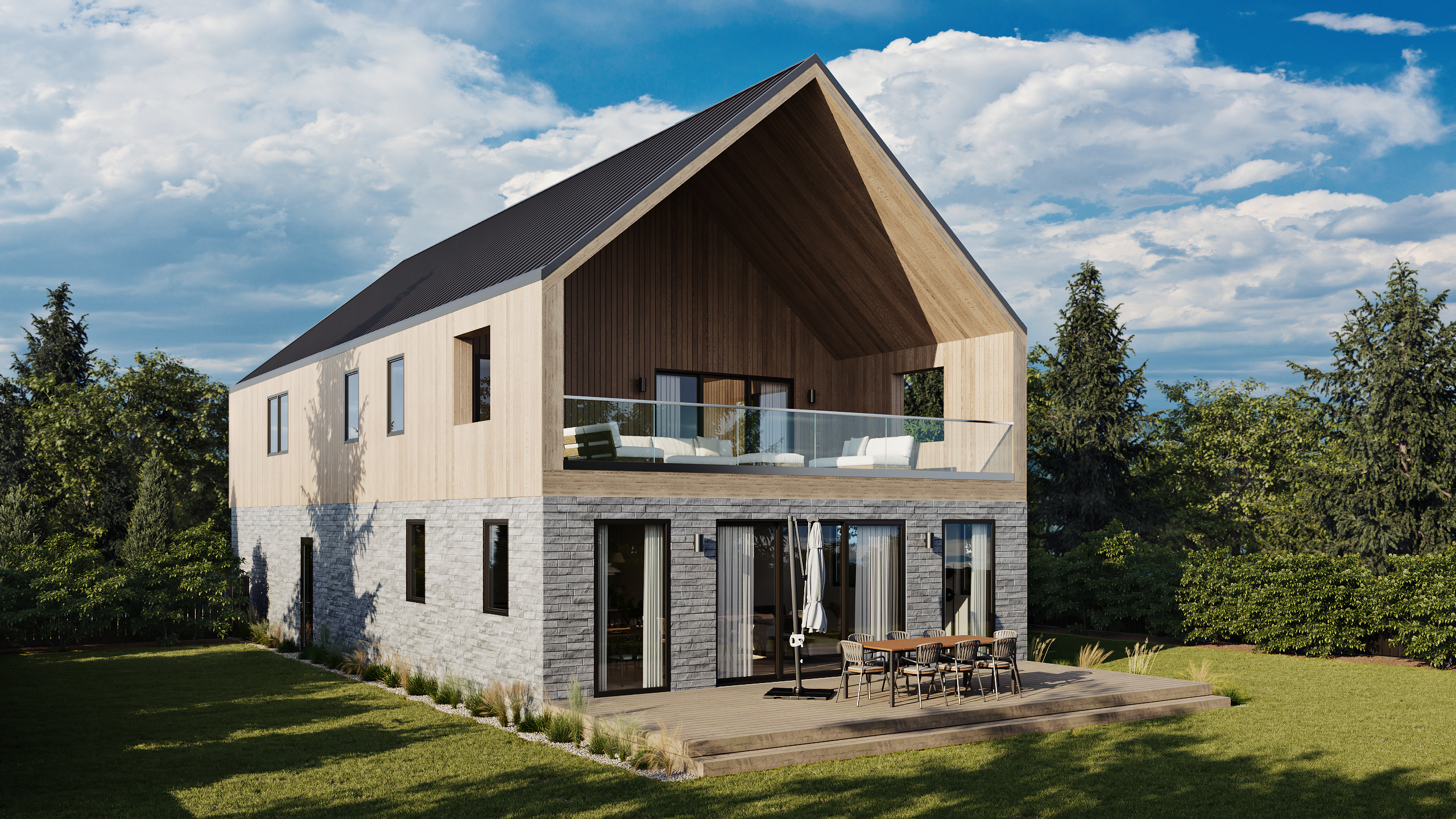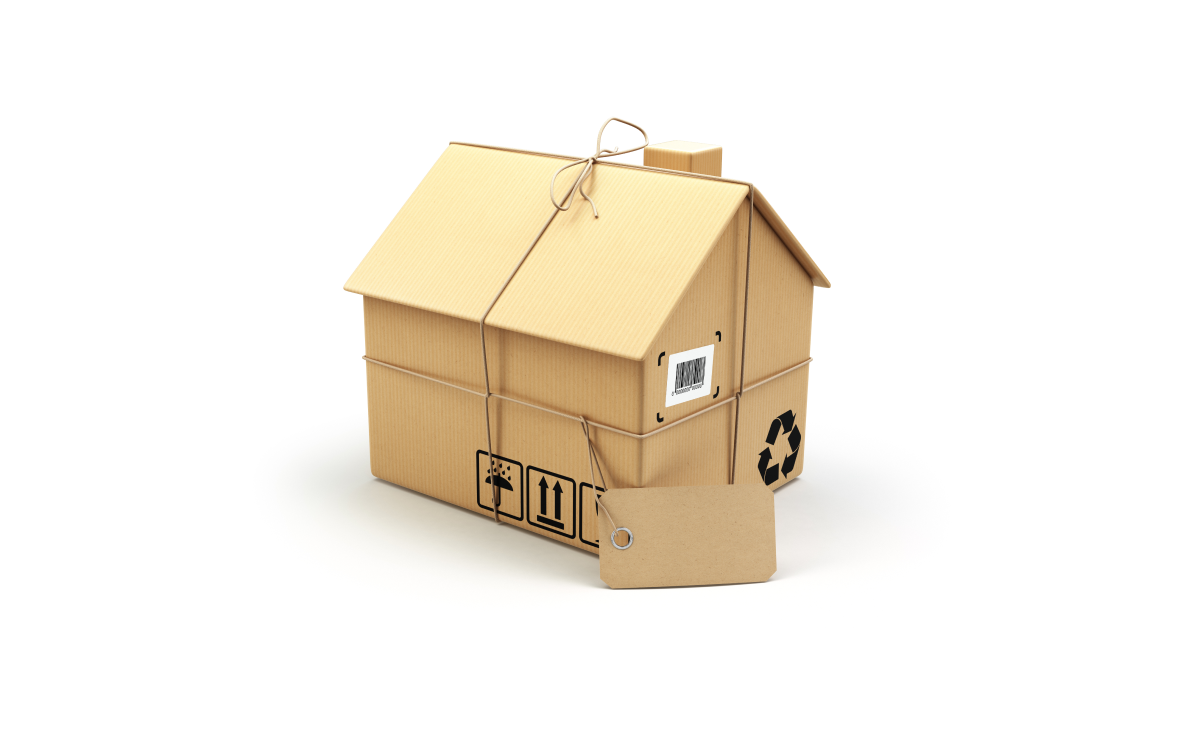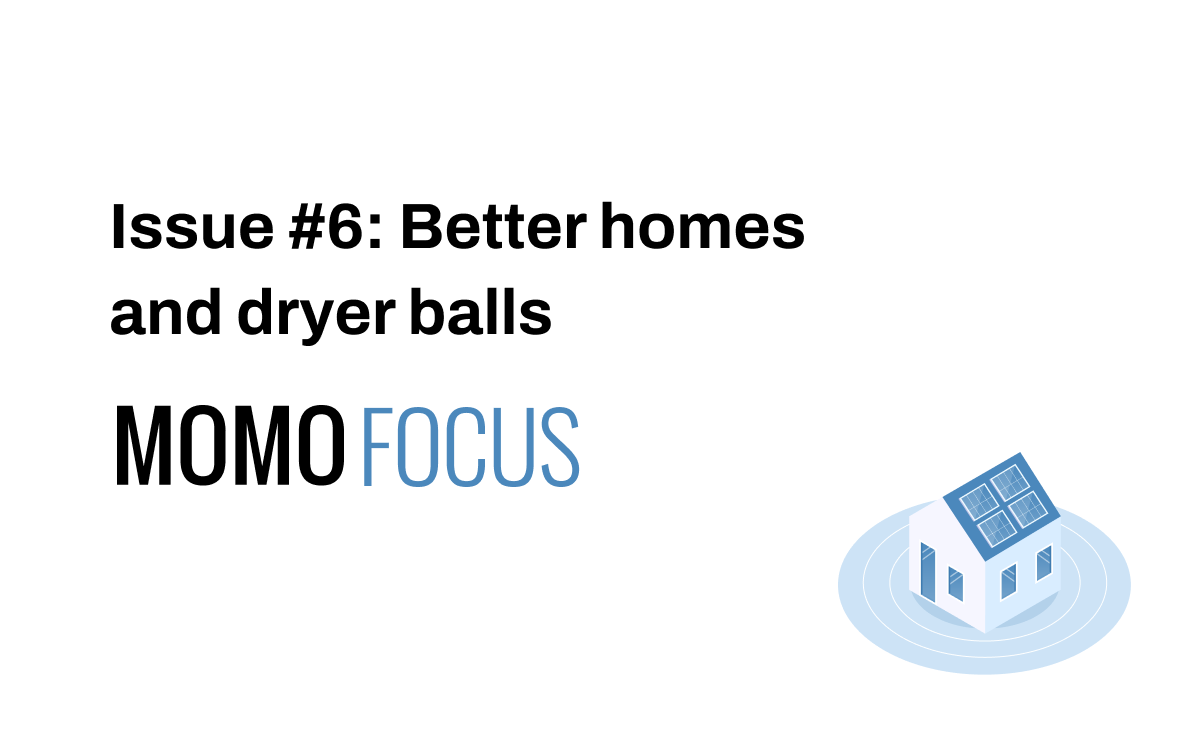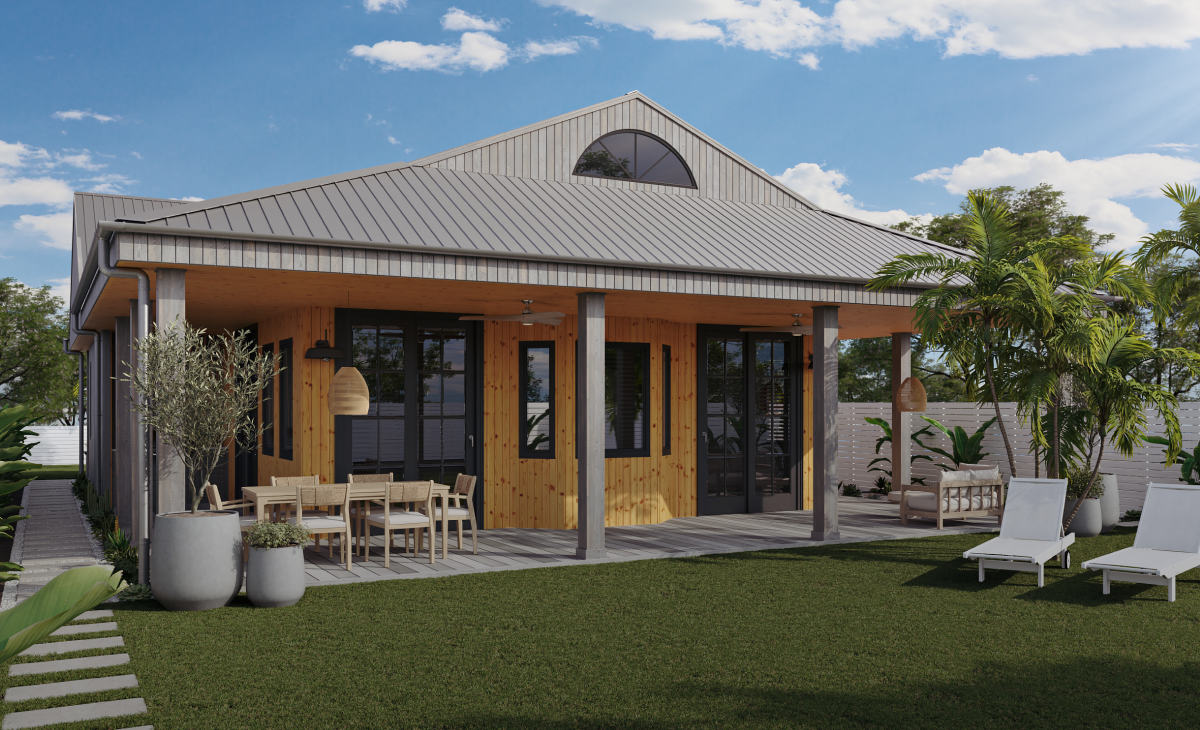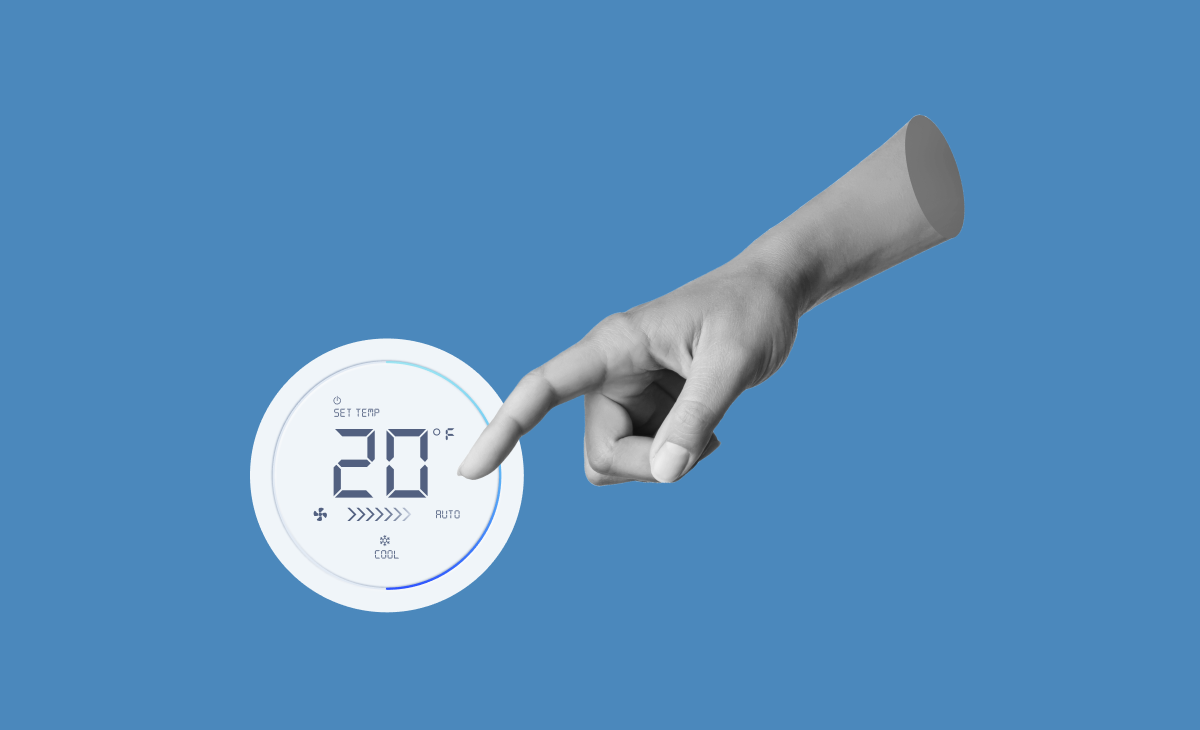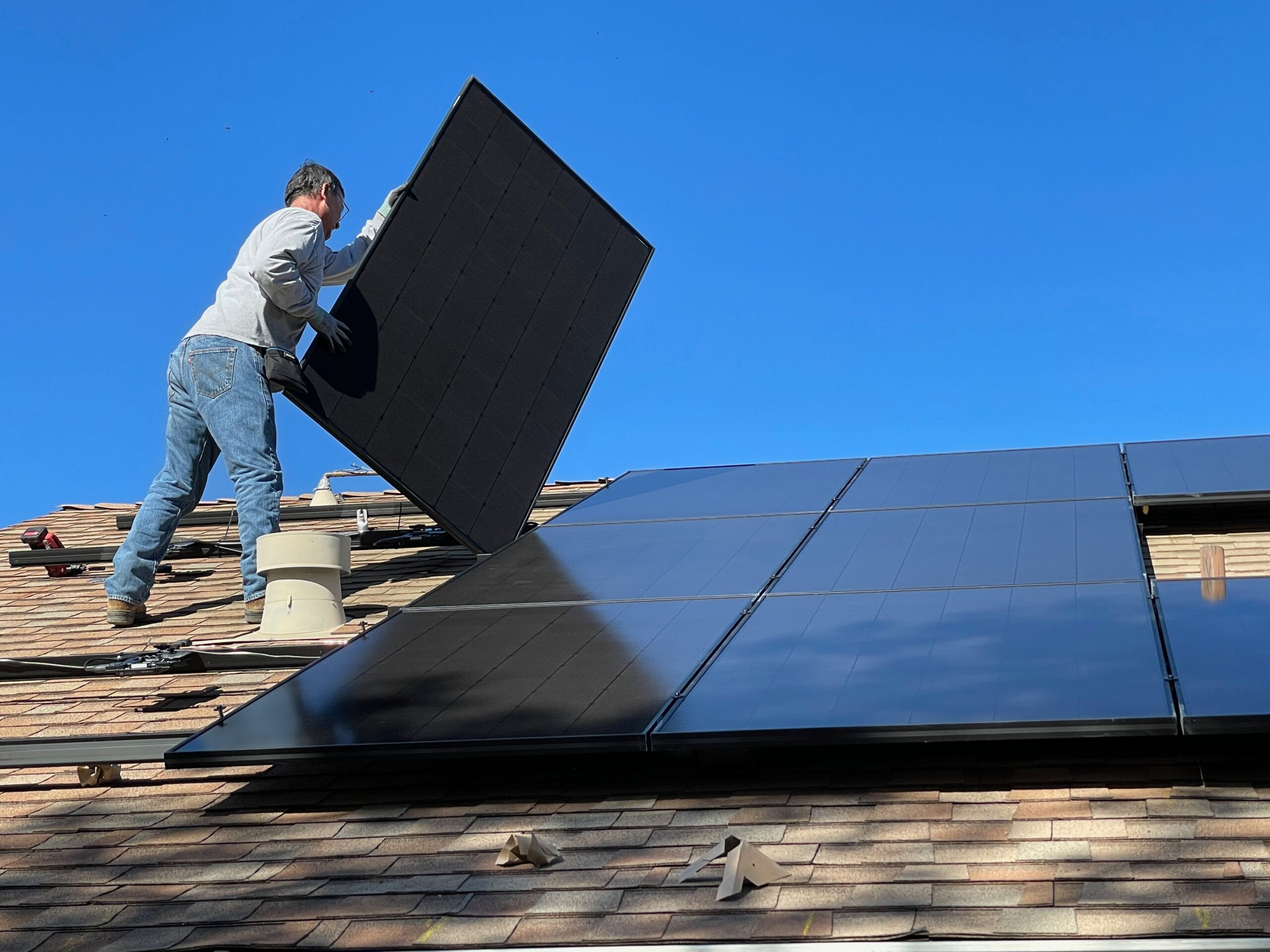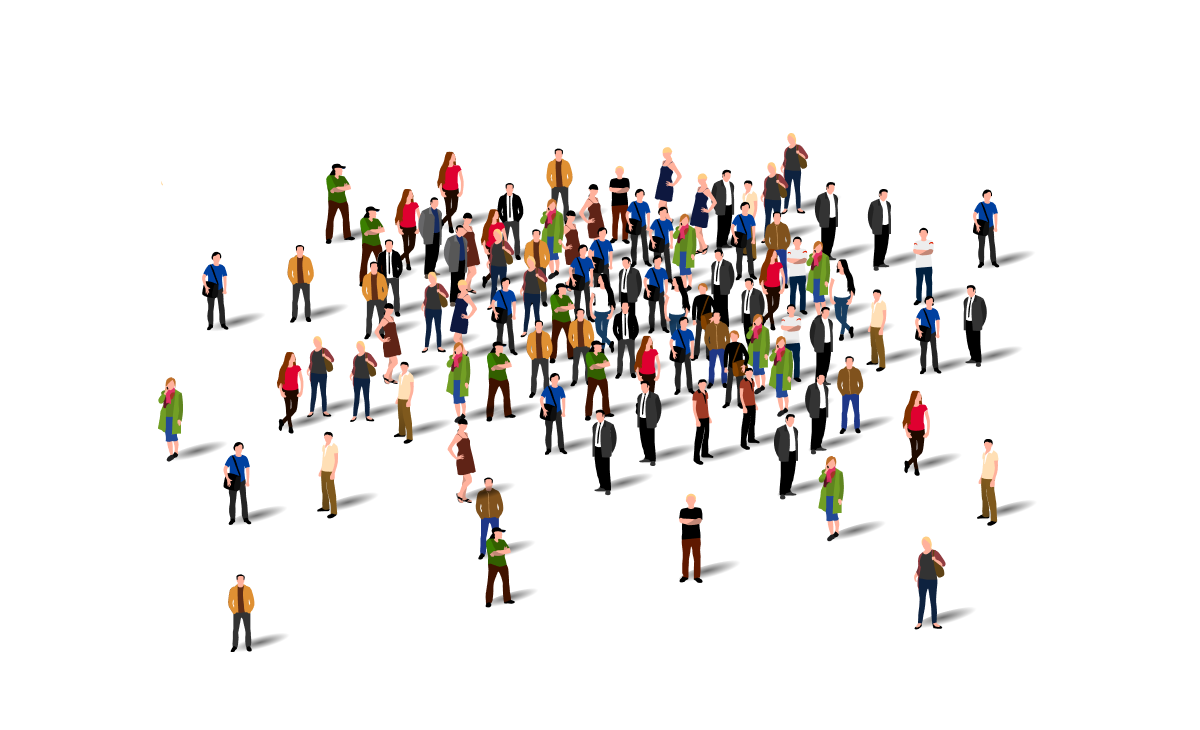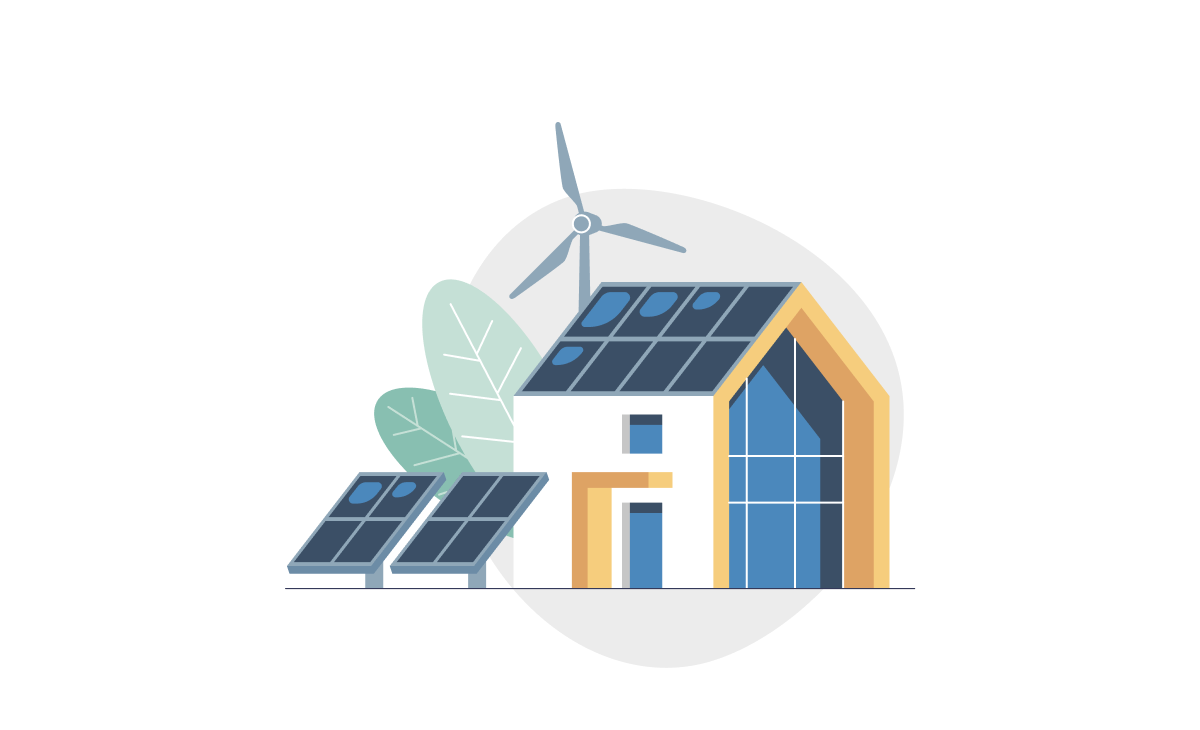The Momo Focus is our biweekly roundup of news about the future of factory-perfect sustainable homebuilding.
Hi,
Indulge me for a moment, but I think our homes can change the world.
Too much?
Okay, how about this: I think our homes can nudge the world in a better direction.
Ever read Charles Duhigg’s book “The Power of Habit“? Duhigg argues that there are some habits – like making the bed in the morning or starting a fitness regimen – that catalyze a chain of other good habits.
Duhigg calls these “keystone habits.” And my gut feeling (or maybe it’s just my delusional hope) is that living in a Momo home can be a kind of keystone habit.
Here’s what I mean …
Say you buy a Momo home because it’s a great value. But then you’re amazed by the quality of the construction. You start to realize you’re saving a ton of money on your energy bills because of the way we’ve incorporated principles from passive design. Maybe you take advantage of the tax rebates on solar panels, so now you’re not only paying next to nothing for home energy, you can charge your EV and ebike for free, too. Whoa! Okay … now maybe you’re creating so much energy that – if you’re connected to the grid, or a microgrid – you can start selling your power in the marketplace and making a bit of income on the side. Then, because our homes are smart enough to track your carbon score, maybe you can start to drive that score down to zero. Maybe you can sell the offset. Maybe your neighbors are doing the same thing. Maybe you have a friendly competition, which you track via an online community. Maybe a bunch of neighborhoods start to do the same thing, until suddenly there’s a tipping point and we all look up and see that the world is full of clean energy, healthy air, zippy cars, and homes that feel like castles.
Sounds like sci-fi, right? And yes, some of it is. At least at the moment.
But much of this is already happening and all of it could happen.
Just sayin’.
Here’s this week’s roundup. …
Snapshots
Who says insulation ain’t sexy?
The Switch is On writes that “Deep weatherization (such as adding insulation) can save most households between $500-$800 per year just by making the home more efficient.”
You go, utilities!
Canary Media reports that “Twenty-five utility companies have entered the ’2030 Club’ by enacting ambitious, voluntary goals for that timeframe, above and beyond any state-level mandates that apply to them.” Nice.
Fighting global warming takes dryer balls
Katharine Hayhoe writes on her Substack that “Dryer balls reduce drying time by allowing hot air to circulate around the dryer more efficiently by creating space between your clothes in the dryer. This can reduce total drying time by up to 25 percent.”
Tower of power
A New York-based engineer named Jim Bardia has introduced a design for a freestanding combination wind- and solar-powered EV charger. Check out the IEEE Spectrum article. (I know this isn’t really relevant to homebuilding, and it’s only tangentially related to the home as an energy system. I just included it here because … well, it’s cool.)
The home economy
Eye on Housing: August Gains for Private Residential Construction Spending
NAHB analysis of Census Construction Spending data shows that private residential construction spending rose 0.6% in August. Read the full article.
Black Knight: Home Prices Set Yet Another Record in August
Highlights from the mortgage-data company’s latest release:
- Home prices rose a seasonally adjusted 0.68% from July; August’s non-adjusted gain (0.24%) was more than 60% larger than the 25-year same-month average (0.15%).
- Along with a lower starting point due to late-2022 price drops, August’s increase was enough to push the annual rate of home price growth to 3.8%, up from 2.4% in July and just 0.25% back in May.
- According to the ICE Home Price Index (formerly the Black Knight HPI), this marked the third consecutive month of home price growth reacceleration after annual home price growth slowed to effectively flat earlier this year
Bill McBride: But home prices aren’t rising everywhere
McBride, author of the Calculated Risk Substack, noted that “In August, 11 states and D.C. were below their previous peaks, seasonally adjusted.” Notables include: Austin, Boise, and much of Utah, Arizona, and Hawaii.
Eye on Housing: Strong Job Gains in September
Job growth remained solid in September as the Fed fights against inflation. In fact, the recent jobs data has been stronger than most economists expected and is a reminder that GDP growth for the third quarter will be very strong and inflation risks persist. Read the full article.
Builder news
I have seen the future of building and its name is offsite
The new issue of “Offsite Builder” is out and Gary Fleisher’s editor’s note gives “Seven Reasons to Be Optimistic About Offsite’s Future”, including time savings, quality, safety, and more. The issue also includes articles on overcoming objections to offsite building, the circular economy, and the power of a gemba walk.
John Burns: Where’s the reset in building-products prices?
Up 40% since 2019, the cost of building materials has not, for the most part, come back down. John Burns Research and Consulting reports on recent price increases, including:
- Roofing: 5%–8%
- Insulation: 6%–10%
- Gypsum wallboard: Up to 20%
Eye on Housing: Lot Values Trail Behind Inflation
Lot values for single-family detached spec homes continued to rise in 2022, with the national value and six out of nine Census divisions setting new nominal records, according to NAHB’s analysis of the Census Bureau’s Survey of Construction (SOC) data. Read the full article.
Buyer news
Eye on Housing: Number of 5,000+ Square Foot Homes Down in 2022
According to the annual data from the Census Bureau’s Survey of Construction (SOC), a total of 29,000 5,000+ square-foot homes were started in 2022, down from 33,000 in 2021. Read the full article.
Eye on Housing: Patios Are Increasingly Popular on New Homes
The share of homes with patios edged up to another record high last year. Of the roughly one million single-family homes started in 2022, 63.3% percent came with patios—up from 63.0% in 2021, and the seventh consecutive year of setting a new record. Read the full article.
Recent blog posts
Here are the blog articles we’ve published since the last Momo Focus.
Cheers,
Jeff
Jeff Williams is the chief marketing officer for Momo Homes.

